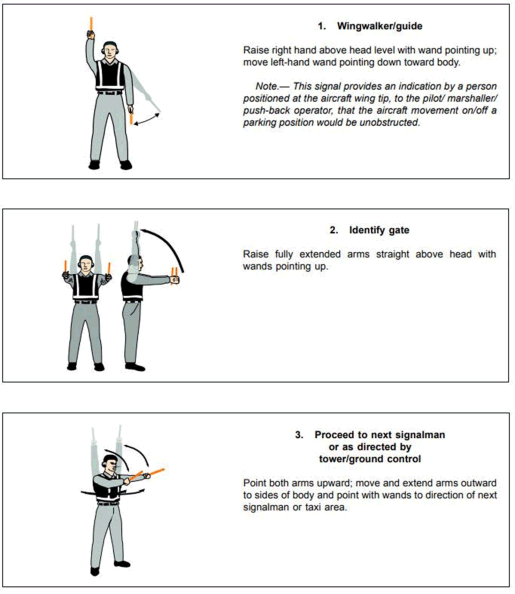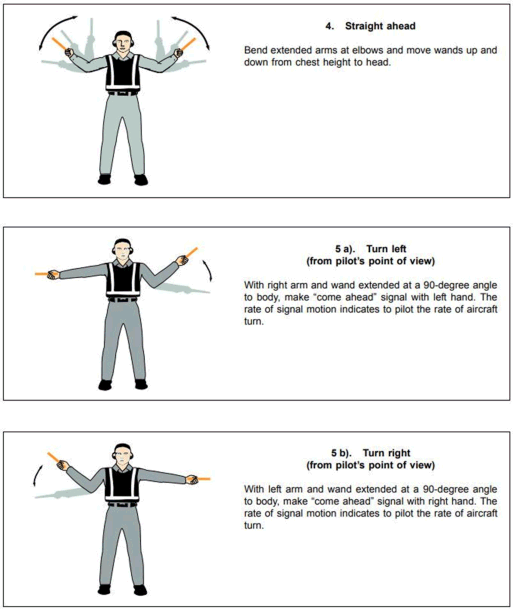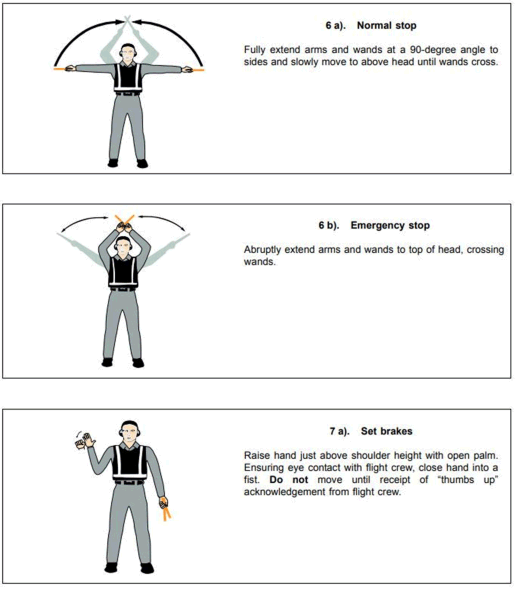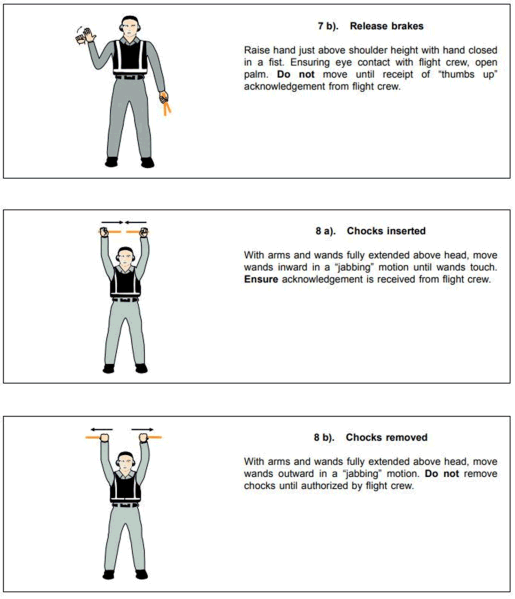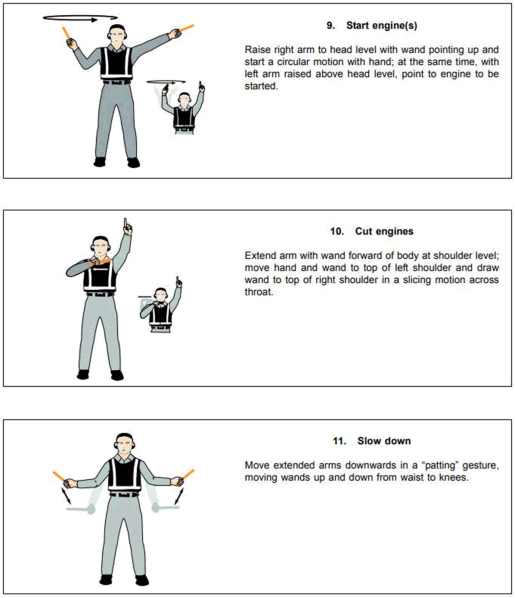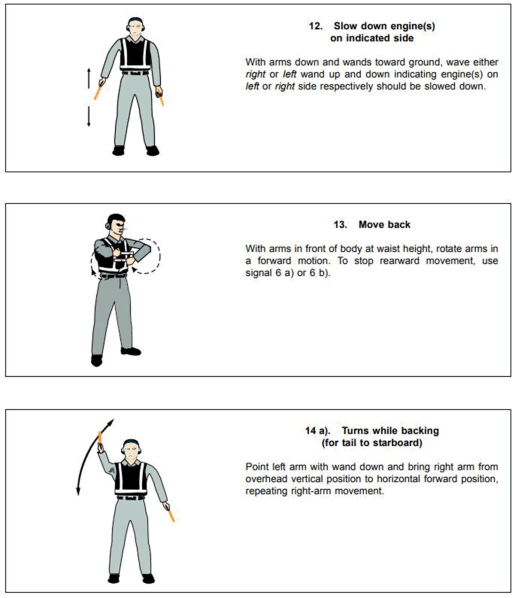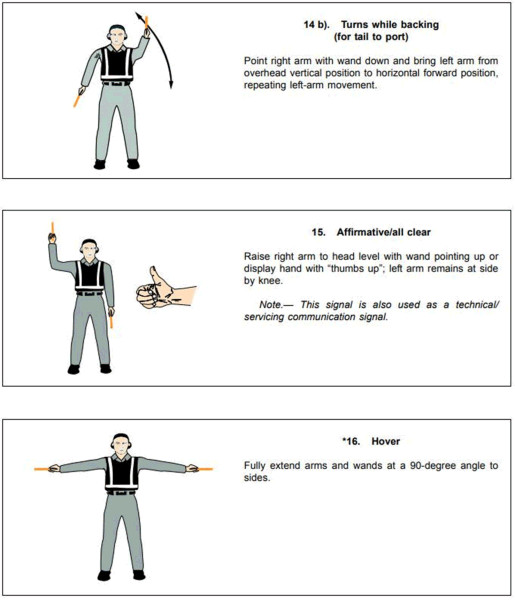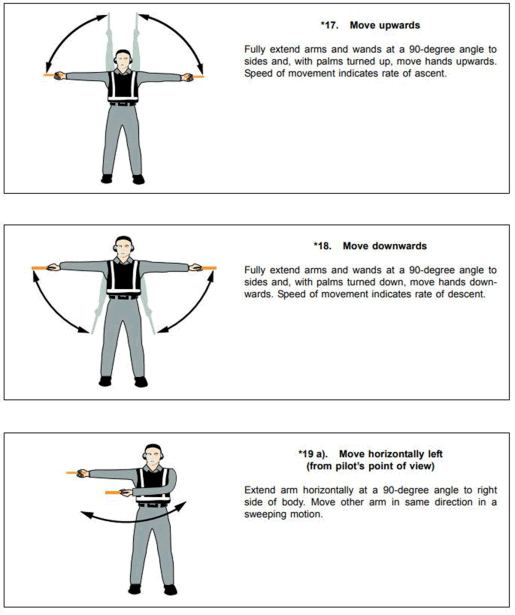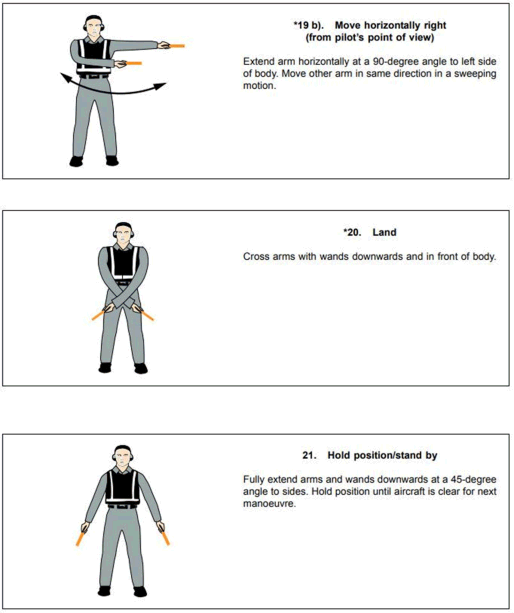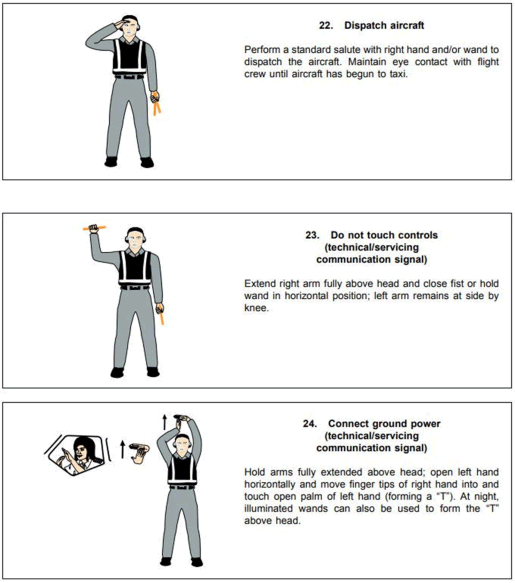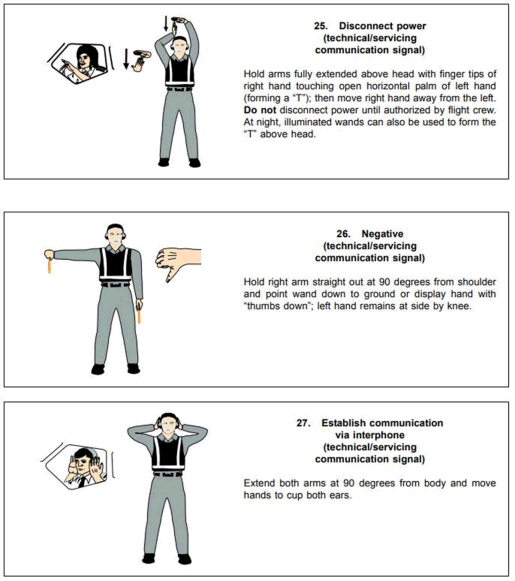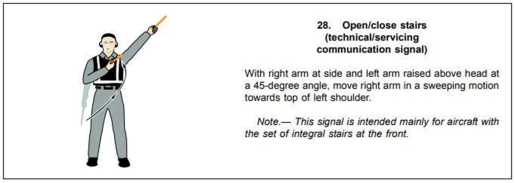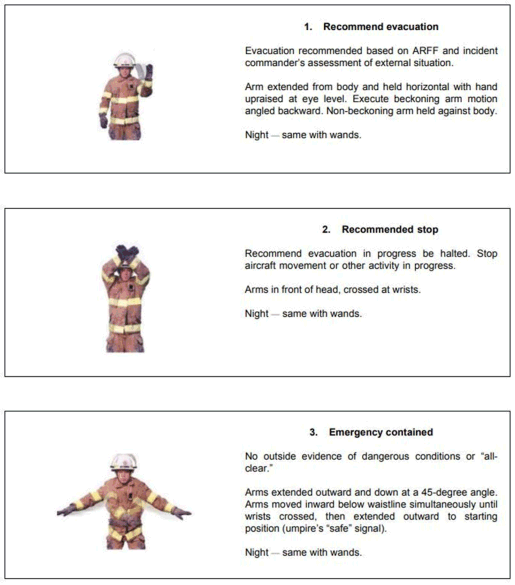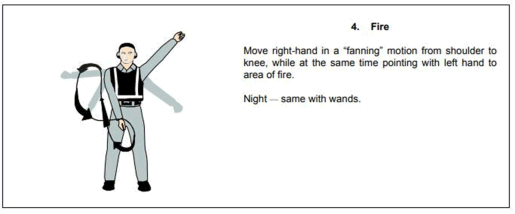- Latest available (Revised)
- Original (As made)
The Air Navigation (Overseas Territories) (Amendment) (No. 2) Order 2021
You are here:
- UK Statutory Instruments
- 2021 No. 755
- Article 23
Status:
This is the original version (as it was originally made). This item of legislation is currently only available in its original format.
Schedule 4 – Rules of the air
23.—(1) Schedule 4 is amended as follows.
(2) After rule 2 insert—
“Protection of persons and property
2A. An aircraft must not be operated in a negligent or reckless manner so as to endanger life or property of others.”.
(3) After rule 8(3), insert—
“(3A) In controlled airspace, aircraft must not fly in formation except where—
(a)the pilots-in-command of the aircraft flying in formation designate a flight leader for the formation (“the flight leader”) before the formation flight;
(b)in relation to navigation and position reporting, all aircraft flying in formation fly as if each were a single aircraft;
(c)the pilots-in-command of each aircraft maintain adequate separation between the aircraft flying in formation, including during periods of transition into, or out of, the formation;
(d)the aircraft maintain a distance between the aircraft in the formation of not more than 1 km laterally and 30 metres vertically from the flight leader; and
(e)the aircraft comply with any other conditions for the formation flight which are imposed by the air traffic control unit for the relevant airspace.”.
(4) In rule 8(4), at the end insert “, taking into account the effects of aircraft wake turbulence”.
(5) In rule 8(7), for “Paragraphs (3) and (5)” substitute “Paragraphs (3), (3A) and (5)”.
(6) After rule 11 insert—
“Water operations
11A.—(1) This rule applies to aircraft when on the water.
(2) When two aircraft are approaching each other, or an aircraft is approaching a vessel, the aircraft must proceed with caution.
(3) An aircraft which has another aircraft or a vessel on its right must give way and keep well clear of it.
(4) An aircraft approaching another aircraft or vessel head-on either directly or approximately, must alter its course to the right, so as to keep clear of it.
(5) An aircraft or vessel being overtaken by another aircraft has right of way and the overtaking aircraft must alter its course, so as to keep clear of it.
(6) When landing or taking off an aircraft must keep clear of all vessels (including other aircraft on the water) and not impede their navigation.
(7) Between sunset and sunrise, or during such other hours as the Governor may prescribe, an aircraft must display lights in accordance with the International Regulations for Preventing Collisions at Sea 1972 published by the International Maritime Organization(1) or, if it is not practical to do so, it must display similar lights and in a similar position.”.
(7) For rule 20 substitute—
“20. Subject to rule 28A, an aircraft must always be flown in accordance with either the Visual Flight Rules or the Instrument Flight Rules.”.
(8) In rule 25, at the end insert—
“(3) Rules 28A, 29 and 30 are the Visual Flight Rules which apply at night.”.
(9) After rule 28 insert—
“Visual Flight Rules at night
28A. An aircraft flying at night in the Territory may be flown—
(a)on a Special VFR flight within a control zone; or
(b)in accordance with any relevant supplementary Rules of the Air made by the Governor under article 67(1) which are in force in the Territory.”.
(10) In rule 29—
(a)in paragraph (1), after “airspace”, insert “, or at night,”;
(b)in paragraph (3), for “articles 89, 90 or 91”, substitute “article 92 or 93”.
(11) In rule 31(1), for “Rule” substitute “Except at night, rule”.
(12) In rule 33(1), after the second “aircraft”, insert “or, when over high terrain or in mountainous areas, at a height of less than 2000 feet,”.
(13) In rule 34—
(a)in the heading, omit “Quadrantal rule and”;
(b)in paragraph (1), omit “or Table 2, as appropriate”;
(c)for Tables 1 and 2 substitute—
“Table 1
Semi-circular rule
| Track(2) | |||||||||||
|---|---|---|---|---|---|---|---|---|---|---|---|
| From 000 degrees to 179 degrees | From 180 degrees to 359 degrees | ||||||||||
| IFR flights | VFR flights | IFR flights | VFR flights | ||||||||
| Level | Level | Level | Level | ||||||||
| FL(3) | Feet | Metres | FL | Feet | Metres | FL | Feet | Metres | FL | Feet | Metres |
| 010 | 1,000 | 300 | - | - | - | 020 | 2,000 | 600 | - | - | - |
| 030 | 3,000 | 900 | 035 | 3,500 | 1,050 | 040 | 4,000 | 1.200 | 045 | 4,500 | 1,350 |
| 050 | 5,000 | 1,500 | 055 | 5,500 | 1,700 | 060 | 6,000 | 1,850 | 065 | 6,500 | 2,000 |
| 070 | 7,000 | 2,150 | 075 | 7,500 | 2,300 | 080 | 8,000 | 2,450 | 085 | 8,500 | 2,600 |
| 090 | 9,000 | 2,750 | 095 | 9,500 | 2,900 | 100 | 10,000 | 3,050 | 105 | 10,500 | 3,200 |
| 110 | 11,000 | 3,350 | 115 | 11,500 | 3,350 | 120 | 12,000 | 3,650 | 125 | 12,500 | 3,800 |
| 130 | 13,000 | 3,950 | 135 | 13,500 | 4,100 | 140 | 14,000 | 4,250 | 145 | 14,500 | 4,400 |
| 150 | 15,000 | 4,550 | 155 | 15,500 | 4,700 | 160 | 16,000 | 4,900 | 165 | 16,500 | 5,050 |
| 170 | 17,000 | 5,200 | 175 | 17,500 | 5,350 | 180 | 18,000 | 5,500 | 185 | 18,500 | 5,650 |
| 190 | 19,000 | 5,800 | 195 | 19,500 | 5,950 | 200 | 20,000 | 6,100 | 205 | 20,500 | 6,250 |
| 210 | 21,000 | 6,400 | 215 | 21,500 | 6,550 | 220 | 22,000 | 6,700 | 225 | 22,500 | 6,850 |
| 230 | 23,000 | 7,000 | 235 | 23,500 | 7,150 | 240 | 24,000 | 7,300 | 245 | 24,500 | 7,450 |
| 250 | 25,000 | 7,600 | 255 | 25,500 | 7,750 | 260 | 26,000 | 7,900 | 265 | 26,500 | 8,100 |
| 270 | 27,000 | 8,250 | 275 | 27,500 | 8,400 | 280 | 28,000 | 8,550 | 285 | 28,500 | 8,700 |
| 290 | 29,000 | 8,850 | 300 | 30,000 | 9,150 | ||||||
| 310 | 31,000 | 9,450 | 320 | 32,000 | 9,750 | ||||||
| 330 | 33,000 | 10,050 | 340 | 34,000 | 10,350 | ||||||
| 350 | 35,000 | 10,650 | 360 | 36,000 | 10,950 | ||||||
| 370 | 37,000 | 11,300 | 380 | 38,000 | 11,600 | ||||||
| 390 | 39,000 | 11,900 | 400 | 40,000 | 12,200 | ||||||
| 410 | 41,000 | 12,500 | 430 | 43,000 | 13,100 | ||||||
| 450 | 45,000 | 13,700 | 470 | 47,000 | 14,350 | ||||||
| 490 | 49,000 | 14,950 | 510 | 51,000 | 15,500 | ||||||
| etc. | etc. | etc. | etc. | etc. | etc.” | ||||||
(14) In rule 35(2)(b), for “articles” substitute “article”.
(15) After rule 37 insert—
“Co-ordinated Universal Time, time checks and time accuracy
37A.—(1) When communicating the time with an air traffic control unit a pilot must use Co-ordinated Universal Time (“UTC”), expressed in hours, minutes and seconds, as used in the 24 hour clock.
(2) Before entering controlled airspace, and at such other times during the flight as may be necessary, the pilot of an aircraft must check the time.
(3) Whenever time is utilised by an aircraft operator in the use of data-link communications, the time must be accurate to 1 second UTC.
(4) In paragraph (3), “data-link communications” means a form of communication intended for the exchange of messages via a data link.
SECTION 6AACTS OF UNLAWFUL INTERFERENCE AND INTERCEPTION
Duties of pilot-in-command
37B.—(1) This rule applies if an aircraft is subjected to an act of unlawful interference.
(2) The pilot-in-command must attempt to notify the appropriate air traffic control unit immediately of the interference and of any actual or required deviation from the filed flight plan.
(3) The pilot-in-command must attempt to land as soon as reasonably practicable at the nearest suitable aerodrome, or at another aerodrome as instructed by the appropriate air traffic control unit, unless circumstances on board the aircraft make this impracticable.
(4) In this rule, “act of unlawful interference” means any act which would constitute an offence under sections 1 to 4 of the Aviation Security Act 1982(4), if committed in a territory to which those sections have been extended by the Aviation Security and Piracy (Overseas Territories) Order 2000(5).
Interception
37C.—(1) Interception of civil aircraft must be governed by these rules and any administrative instructions, directions or requirements issued by the Governor.
(2) The pilot-in-command of a civil aircraft, when intercepted, must comply with any instructions, directions or requirements issued by the Governor under paragraph (1).”.
(16) After rule 43(5) insert—
“(5A) A flying machine taxiing on the manoeuvring area must stop and hold at—
(a)runway-holding positions, until otherwise authorised by the air traffic control unit; and
(b)lighted “stop” bars, until the stop lights are turned off.”.
(17) In rule 61(1)—
(a)for “described” substitute “illustrated”;
(b)for “as illustrated in column 3” substitute “described in column 2”.
(18) In rule 61(2)—
(a)after “by hand” insert “, by glove,”;
(b)after “by night” insert “or in low visibility”;
(c)omit “torches or by”.
(19) After rule 61(2), for Table 5 substitute—
“Table 5
Meaning of marshalling signals (from a marshaller to an aircraft on or off the ground)
(20) After rule 61 insert—
“Emergency signals by firemen and marshallers to aircraft on or off the ground
61A.—(1) Each of the signals illustrated in column 1 and described in column 2 of Table 5A, when given by a fireman or marshaller to an aircraft on or off the ground, shall have the meanings given to them in column 1 of the Table.
(2) By day any such signals shall be given by glove, hand or by circular bats and by night or in low visibility shall be given by illuminated wands.
Table 5A
Meaning of emergency signals (from a fireman or marshaller to an aircraft on or off the ground)
Requirements for marshallers
61B.—(1) This rule applies to persons acting as marshallers of aircraft at a certificated aerodrome.
(2) A marshaller must not guide an aircraft on the ground unless trained and approved by, or on behalf of, the aerodrome certificate holder.
(3) A marshaller must, when marshalling an aircraft, wear a distinctive, fluorescent identification vest.”.
These Regulations can be found online at http://www.mar.ist.utl.pt/mventura/Projecto-Navios-I/IMO-Conventions%20(copies)/COLREG-1972.pdf.
Magnetic track, or in polar areas at latitudes higher than 70 degrees and within such extensions to those area as may be prescribed by the competent authorities, grid track as determined by a network of lines parallel to the Greenwich Meridian superimposed on a polar stereographic chart in which the direction towards the North Pole in encrypted as Grid North.
Flight Level.
Options/Help
Print Options
PrintThe Whole Instrument
PrintThis Section only
Legislation is available in different versions:
Latest Available (revised):The latest available updated version of the legislation incorporating changes made by subsequent legislation and applied by our editorial team. Changes we have not yet applied to the text, can be found in the ‘Changes to Legislation’ area.
Original (As Enacted or Made): The original version of the legislation as it stood when it was enacted or made. No changes have been applied to the text.
Explanatory Memorandum
Explanatory Memorandum sets out a brief statement of the purpose of a Statutory Instrument and provides information about its policy objective and policy implications. They aim to make the Statutory Instrument accessible to readers who are not legally qualified and accompany any Statutory Instrument or Draft Statutory Instrument laid before Parliament from June 2004 onwards.
More Resources
Access essential accompanying documents and information for this legislation item from this tab. Dependent on the legislation item being viewed this may include:
- the original print PDF of the as enacted version that was used for the print copy
- lists of changes made by and/or affecting this legislation item
- confers power and blanket amendment details
- all formats of all associated documents
- correction slips
- links to related legislation and further information resources
More Resources
Use this menu to access essential accompanying documents and information for this legislation item. Dependent on the legislation item being viewed this may include:
- the original print PDF of the as made version that was used for the print copy
- correction slips
Click 'View More' or select 'More Resources' tab for additional information including:
- lists of changes made by and/or affecting this legislation item
- confers power and blanket amendment details
- all formats of all associated documents
- links to related legislation and further information resources
